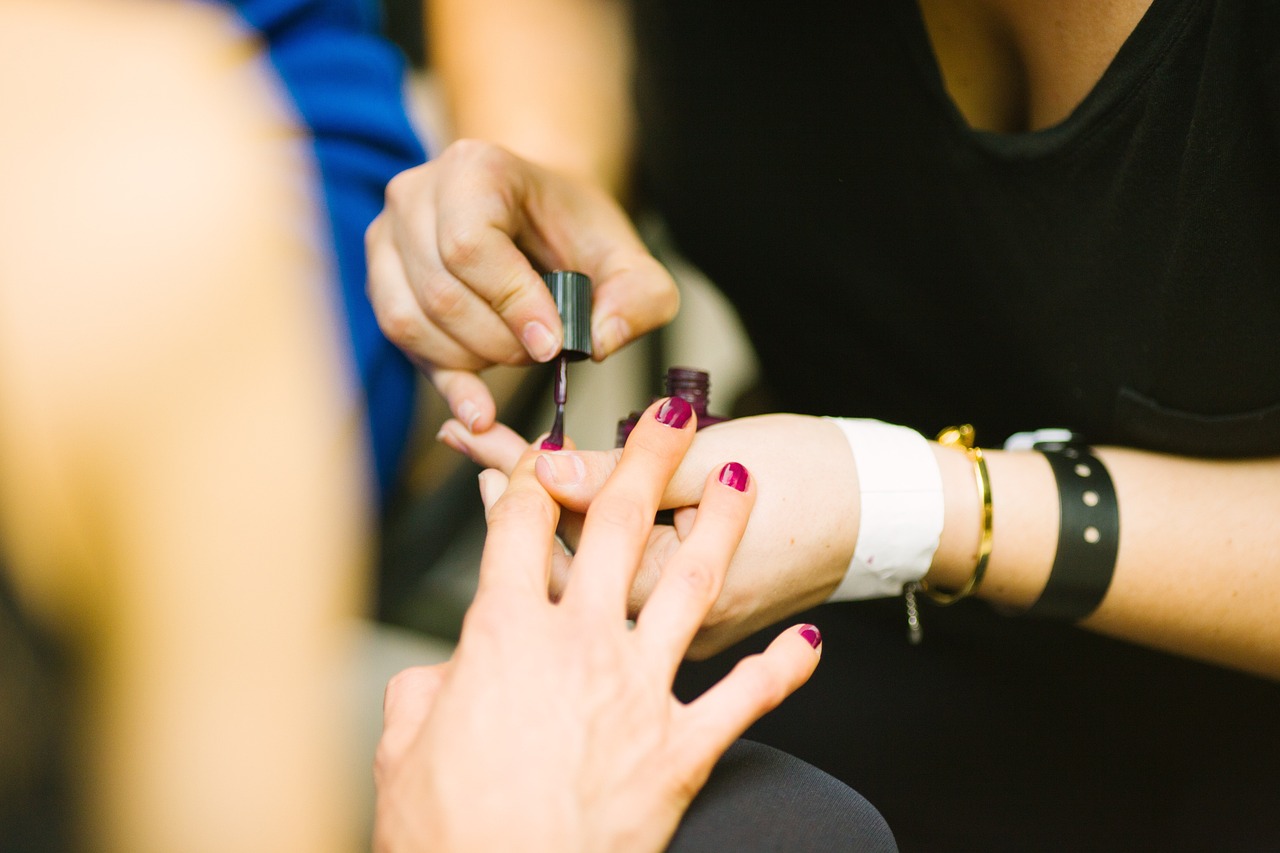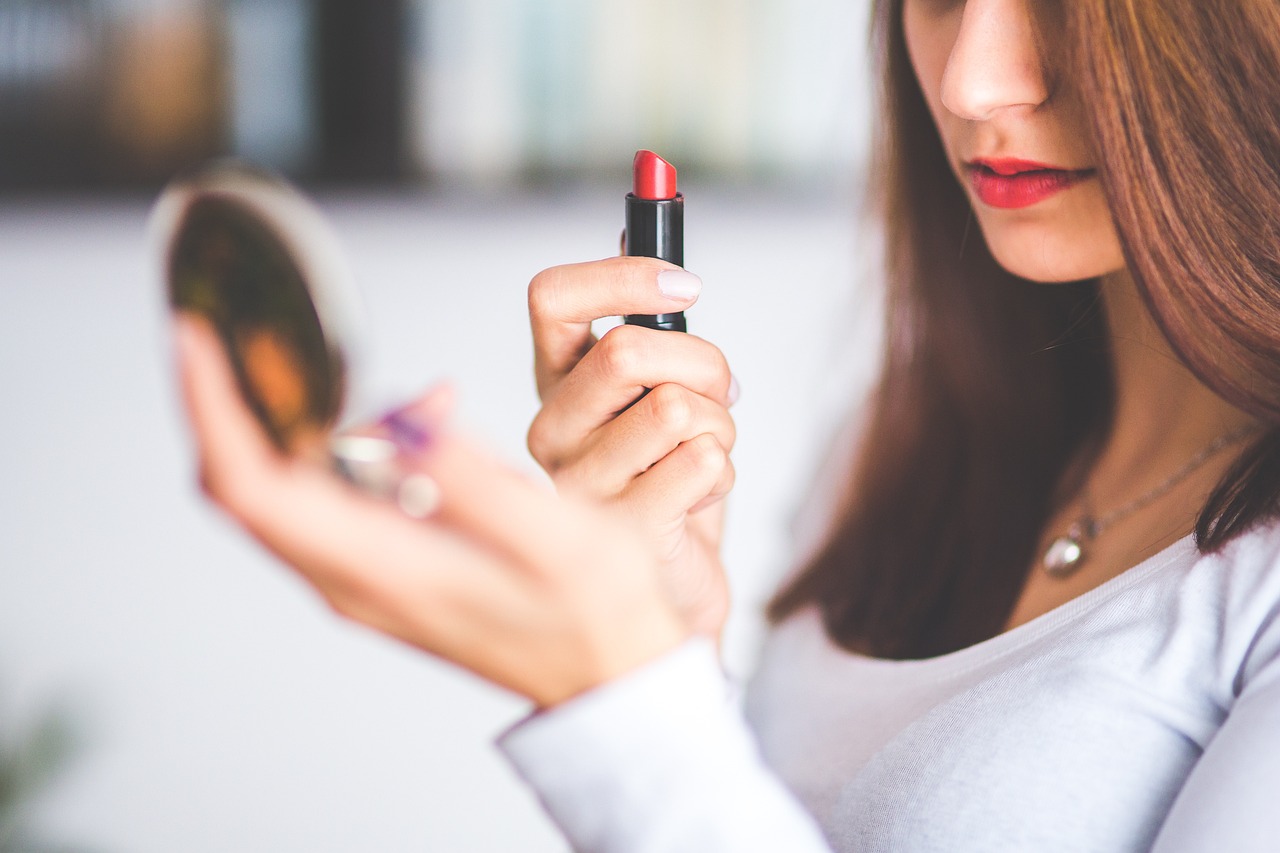Does regular nail art pose a health risk to you? How can you protect yourself while pursuing beauty?
Is nail polish really safe?
People who often do nail art should have heard the idea that “nail polish is used in nail salons, and this product, unlike nail polish, does not contain formaldehyde and is not toxic.” However, this is not the case.
Nail polish is relatively safe under normal use, but not completely non-toxic. The main ingredients of nail polish are resin, photosensitive initiator, and various additives (such as dyes, antioxidants, stabilizers and softeners, solvents). Among them, organic solvents such as acetone and ethanol are commonly used to adjust the viscosity and fluidity of nail polish, but they may evaporate during use and cause irritation to the respiratory system and eyes.
However, some brand merchants will use formaldehyde resin and other materials that are harmful to the body in order to save costs.In 2015, the Hangzhou Consumer Protection Commission tested 10 kinds of nail polish adhesive and 5 kinds of nail polish products on the Hangzhou market, and in the test of volatile organic solvents items, toluene and ethylbenzene were detected in all of the 15 batches, and the detection rate of xylene was also up to 93%. Individual batches even have lead, styrene, isopropylbenzene detected.
Prolonged exposure to these components may cause many serious health problems, e.g., prolonged exposure to toluene, ethylbenzene, and xylene may lead to respiratory irritation, triggering respiratory inflammation, coughing and wheezing; formaldehyde, benzene, and acetaldehyde are considered potentially toxic and carcinogenic.
In addition, nail salon environments remain potentially risky.In 2019, Lupita Montoya and Aaron Lamplugh of the University of Colorado Boulder and Colorado State University, among others, jointly investigated six nail salons in Colorado. They regularly tested the stores for airborne volatile organic compounds (VOCs). Shockingly, the levels of benzene, toluene, xylene, and other possible carcinogens in the nail salons far exceeded standard limits, and were even able to rival those in oil refineries and auto repair shops. In the case of benzene, for example, the average benzene level in the air of one of the stores reached about 51.8 μg/m3, far exceeding the U.S. safety threshold standard (30 μg/m3).
This is not an isolated case, as a team of researchers from Iran’s Shahid Beheshti University of Medical Sciences also found similarly significantly higher levels of (probable) carcinogens such as benzene, formaldehyde, and acetaldehyde than outdoor concentrations in the 20 nail salons surveyed, and another study conducted by the U.S. state government in Michigan found toluene concentrations in nail salons to be more than 30 times higher than outdoor levels. A survey by Lupita et al. revealed that 70% of nail salon workers had experienced short-term health symptoms associated with this, including headaches, skin sensitization, and eye irritation.
Therefore, although nail polish is relatively safe under normal conditions of use, consumers should remain vigilant and choose reputable brands and products. Ensure that nail polish is used in a well-ventilated environment and try to avoid prolonged exposure to the odors of organic solvents.
Nail lamp exposure may damage DNA
Since nail polish dries much slower than nail lacquer, nail salons often use UV nail lamp irradiation to finish curing gel nails in a short period of time without waiting a long time for the nail polish to dry naturally. However, nail lamp irradiation may cause us harm.
Two unique case studies in 2009, in which two healthy women with regular manicures and no family history of skin cancer suddenly developed skin cancer on their hands, have sparked concern among researchers about nail lamps.
First, let’s understand how nail lamps work. UV nail lamps typically consist of multiple light-emitting diode (LED) bulbs. These bulbs emit UV light at wavelengths between 365nm and 405nm, which is used to activate the photoinitiators in nail polish. Ultraviolet (UV) light is a type of electromagnetic radiation with a wavelength range between 10nm and 400nm, which lies outside the violet part of the visible spectrum and is invisible to the human eye. In nail lamps, a common way to indicate that the instrument is working is to use a separate violet lamp to emit the violet light.
Photoinitiators absorb the energy of these specific wavelengths of UV light, which triggers a polymerization or cross-linking reaction of the oligomeric resins in the nail polish. These two chemical reactions cause new chemical bonds to form between the molecules in the gel or coating material, creating a polymerized structure that allows the gel to quickly cure and harden into a hard, long-lasting state. This “light curing” technology has the advantage of being environmentally friendly and fast, and has applications in many fields, such as 3D printing, coating and printing of materials such as metals and plastics, and encapsulation of electronic components.
High doses of UV exposure have been widely recognized as a factor in triggering skin cancer, so can the UV light from nail lamps cause this?In 2013, Julia Curtis and others at the University of Utah found that UV nail lamps emit a dose of UV radiation that is 4.2 times that of the sun. The data pointed out that in less than 10 minutes of getting a manicure, the hand receives a dose of UV radiation equivalent to the recommended dose for a day’s work outdoors.
Recently, Ludmil B. Alexandrov and others at the University of California, San Diego and the University of Pittsburgh gave some molecular genetic evidence that nail light irradiation may be damaging to us. Alexandrov used UV lamps to irradiate mouse and human cells, and after two 20-minute irradiations (one hour apart), about 20 to 30 percent of the cells died; if irradiated for 20 minutes a day for three days in a row, 70 percent of the cells died. And, the surviving cells showed signs of DNA damage and mutations associated with skin cancer.
While these results do not directly prove an increased risk of cancer, frequent exposure to nail lamps does suggest that there may be a considerable risk. Alexandrov et al. call for epidemiologic studies to intervene to further evaluate the physiologic and carcinogenic effects of high-dose UV exposure on human skin, which may take at least a decade to accomplish.
So how do you protect yourself while pursuing beauty?
① Reduce the frequency of manicures. Melissa Piliang, a dermatologist at the Cleveland Clinic in the U.S., believes that three to five times a year is a safer frequency. ② Choose reputable brands and products. Learn to read ingredient lists and choose safer water-based nail polish or nail patches.
③ Make sure you use nail polish in a well-ventilated environment and try to avoid prolonged exposure to organic solvent odors. ④ You can take precautions such as wearing protective gloves and sunscreen cosmetics when doing nail art to minimize potential damage to your hands.



